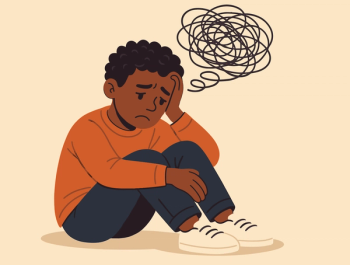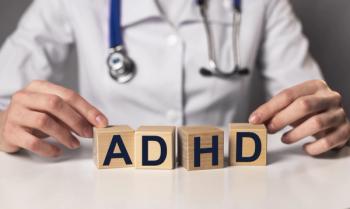
Mindfulness for Pediatric ADHD
Can mindfulness be an additional therapy to help treat ADHD in children?
CONFERENCE REPORTER
“How could a kid with ADHD practice mindfulness?” asked David Saunders, MD, PhD, Assistant Professor of Psychiatry at Columbia University.
In his session, “Mindfulness-Based ADHD Treatment for Children (MBAT-C)” at the
According to Saunders, mindfulness-based therapies have been found clinically effective in chronic pain, anxiety, substance use disorders, social phobias, eating disorders, and borderline personality disorder. So why not
Saunders also cited the limitations to current
Saunders and other researchers set out to conduct the highly structured MBAT-C Pilot study, which was 8 weeks long, twice weekly, with 30 minute sessions. Participants in the study were aged 6 to 12 years old and were gathered from the New Haven, Connecticut area. The teacher student ratio was 2:5, with homework assigned every night. During each session, the teachers and students would spend 2 minutes meditating, 4 minutes checking in, 15 minutes on a class activity, 2 minutes on “shaking it out,” 3 minutes consolidating, and the final 5 minutes meditating once more. This structure allowed the children to “settle into standardized settings,” according to Saunders. Activities include tasks like “The Strawberry Exercise,” where the children examine a strawberry in their hand using the 5 senses, which allows young participants to ground themselves.
The study aimed to develop the MBAT-C manual by 1) identifying an ideal progression of meditation practices that was acceptable and feasible to students and teachers; 2) refining discussion topics and practices; 3) and optimizing the teacher to student ratio, which was altered from 2:5 to 1:1. Researchers also found 4:30-6:00 PM was a prime timeframe for participation.
Researchers have proposed and are conducting a 3-armed, randomized controlled trial to compare MBAT-C with medication and combined (MBAT-C and medication) therapies, with approximately 45 participants.
“This is the first ever randomized controlled trial to compare mindfulness versus medication versus combined group in children for any condition whatsoever,” Saunders said. “We do feel, and the literature would suggest, that this is a novel study.”
Newsletter
Receive trusted psychiatric news, expert analysis, and clinical insights — subscribe today to support your practice and your patients.















